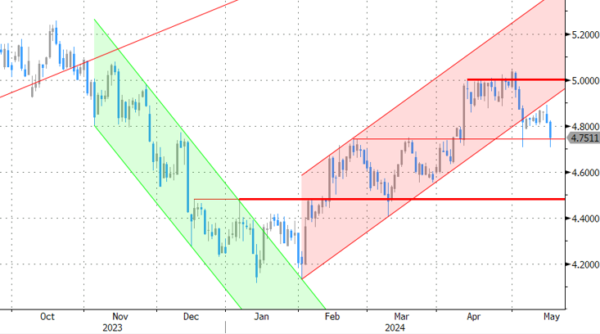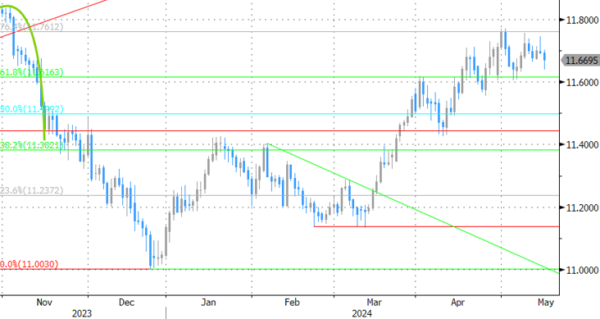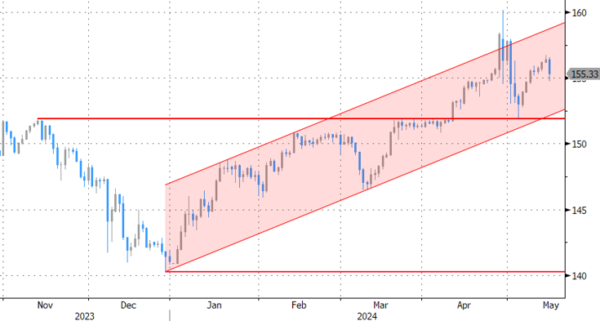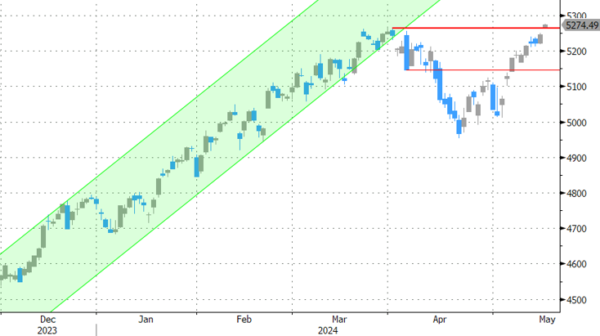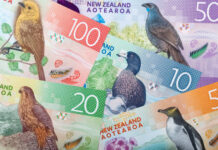Markets
Counting down to the key US CPI release, markets clearly positioned for an outcome that kept the door open for a Fed rate cut post summer holidays. US yields already declined about 2.0-3.5 bps in the run-up to the data release. US inflation indeed printed on the softer side of expectations. Headline inflation eased to 0.3% M/M and 3.4% Y/Y (was 0.4% and 3.5% in March). Core inflation as expected slowed to 0.3% M/M and 3.6% Y/Y (was 0.4% and 3.8%). Services inflation softened to 0.4% M/M from 0.5%, as housing related costs slowed (0.2%). The super-core services inflation excluding energy and housing related services eased, but stays rather sticky at 0.42% M/M (from 0.65%). Inflation optimists can see some improvement in today’s report, but it probably won’t instantaneously change the Fed wait-and-see attitude. Still US yields extended their decline after the release, currently trading between 8.5 bps (2-y) and 6.0 bps (30-y) lower in a daily perspective. The focus today was on the price data, but disappointing retail sales (0.0% M/M headline, -0.3% M/M control group) and an unexpected decline in the Empire manufacturing index released simultaneously with the CPI report joined other recent soft activity/sentiment data and added to the bond-friendly momentum. The US 2-y yield is coming within reach of the 4.70% support touched after the US payrolls earlier this month. The 10-y yield even is at risk of breaking the 4.37% support (38% retracement rise since December low to end April top). A Fed September rate cut is now again almost 100% discounted. Bunds outperformed Treasuries this morning and still kept an advantage even after the US CPI release with yields currently declining between 7.5 bps (2-y) and 11 bps (10-y). ECB’s Villeroy today reconfirmed the ’consensus’ within the ECB to start cutting rates in June as the ECB has grown sufficiently confident that inflation will reach its 2.0% target (by next year). The easing of monetary conditions supports further equity gains. The EuroStoxx 50 (+0.2%) is nearing the April top. The S&P 500 (+0.55%) and the Nasdaq at the open even jumped to new all-time record levels. The decline in global yields reinforced the USD correction. DXY at 104.5 tested the post-payrolls low. Despite interest rate differentials moving slightly in the disadvantage of the euro, EUR/USD extended its break beyond 1.0811 resistance (currently 1.086). Even the yen rebounds with USD/JPY falling to the 155.5 area (open 156.42). A global easing of financial conditions also causes a slight sterling outperformance against the euro. EUR/GBP eases to 0.8585.
News & Views
Headline Swedish inflation accelerated from 0.1% M/M in March to 0.3% in April. Markets expected a slightly faster price gain (+0.4%) resulting in a slightly stronger deceleration in Y/Y price growth (3.9% from 4.1%). The monthly change in April was mainly due to higher prices of recreation and culture. Also, there were price increases in restaurant- and hotel visits. Actual rentals and the costs of owning a home increased in April. There were lower electricity prices and lower fruit prices. The Swedish Riksbank’s preferred price gauge, CPIF inflation using fixed interest rates) showed a similar, smaller than feared, 0.3% monthly increase with the Y/Y figure rising from 2.2% to 2.3% instead of 2.4% (consensus). Today’s inflation numbers support the Riksbank case to gradually lower the policy rate further after an inaugural 25 bps rate cut (4% to 3.75%) last week. Swedish money markets attach an 80% probability to a second move in August. The Swedish krona at EUR/SEK 11.68 was unmoved by today’s figures.
The European Commission projects 0.8% in the euro area this year in its Spring forecasts. GDP is forecast to accelerate to 1.4% in 2025. Growth is expected to be largely driven by a steady expansion of private consumption, as continued real wage and employment growth sustain an increase in real disposable incomes. A strong propensity to save still acts as a drag. Investment growth is softening dragged down by the negative cycle of residential construction. A rebound in trade is set to support EU exports, but is largely offset by an acceleration in imports. New inflation forecasts suggest a deceleration from 5.4% last year to 2.5% this year and 2.1% in 2025. Disinflation is set to be mainly driven by non-energy goods and food, while energy inflation edges up and services inflation declines only gradually, alongside moderation in wage pressures.
Graphs
US 2-y yield nearing 4.70% post-payrolls’ support as ‘soft’ US data rekindle bets for September Fed rate cut.
EUR/SEK: Swedish krone doesn’t decline on faster than expected disinflation as global financial conditions stay favourable.
USD/JPY: yen rebounds as revival of Fed rate cut bets is pushing USD in the defensive.
S&P 500: Easing of global financial conditions propels S&P 500 (and Nasdaq) to now record levels.




